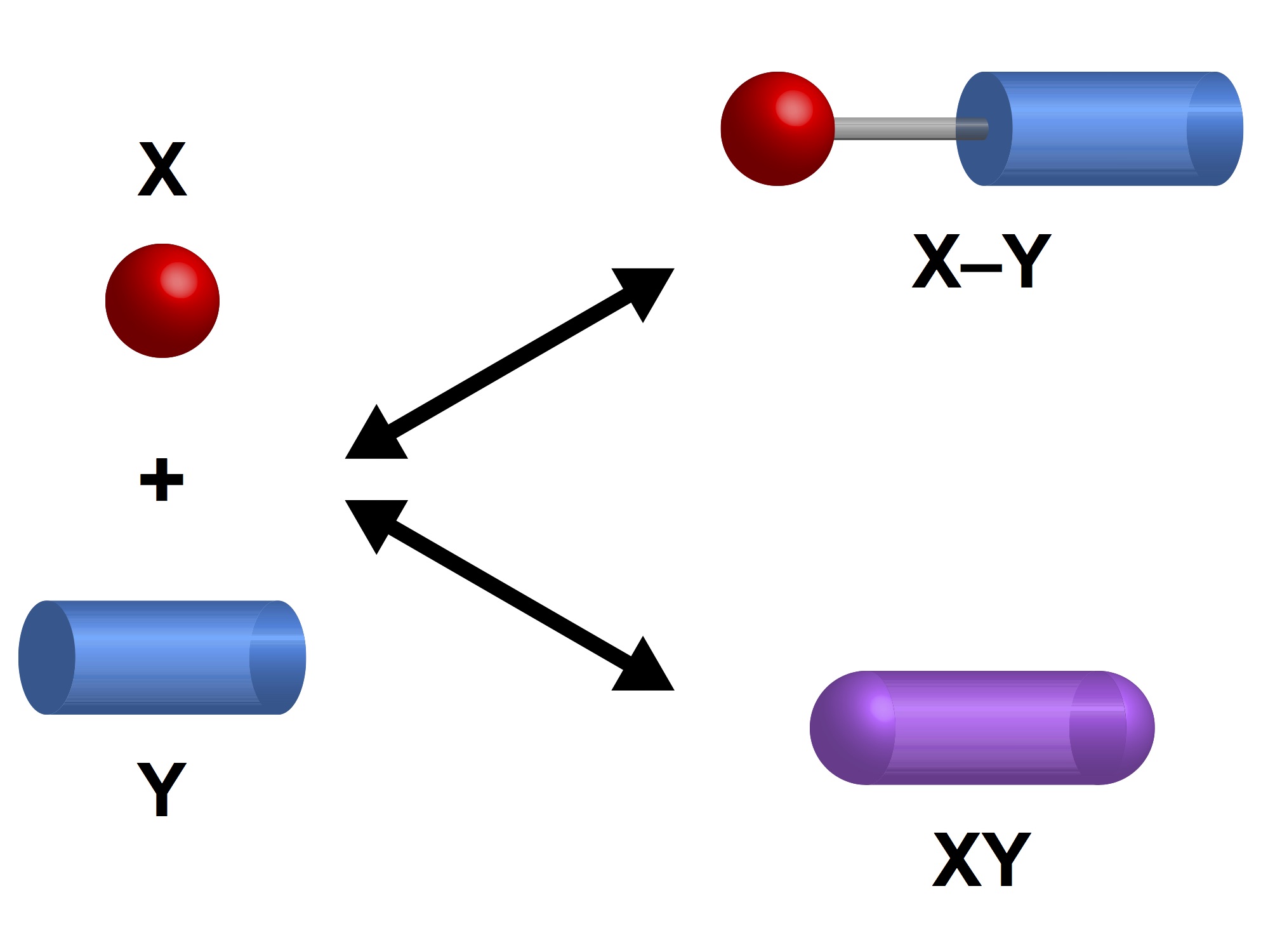 Comparison of bioconjugation strategies
Comparison of bioconjugation strategies
What can pleiotropic proteins in innate immunity teach us about bioconjugation and molecular design?
Abstract
A common bioengineering strategy to add function to a given molecule is by conjugation of a new moiety onto that molecule. Adding multiple functions in this way becomes increasingly challenging and leads to composite molecules with larger molecular weights. In this review, we attempt to gain a new perspective by looking at this problem in reverse, by examining nature’s strategies of multiplexing different functions into the same pleiotropic molecule using emerging analysis techniques such as machine learning. We concentrate on examples from the innate immune system, which employs a finite repertoire of molecules for a broad range of tasks. An improved understanding of how diverse functions are multiplexed into a single molecule can inspire new approaches for deterministic design of multifunctional molecules.